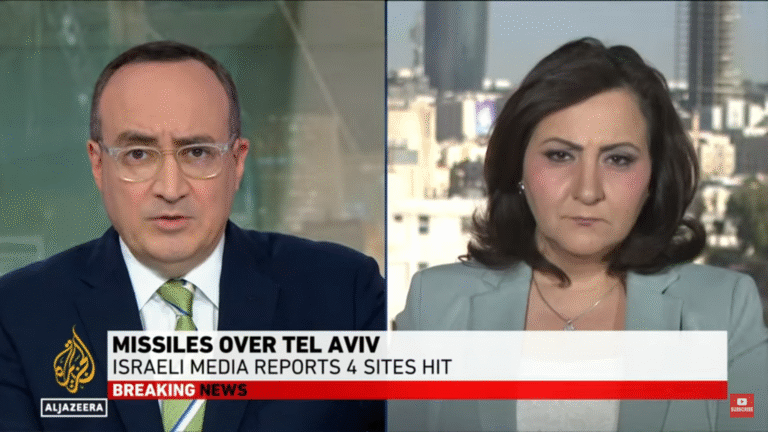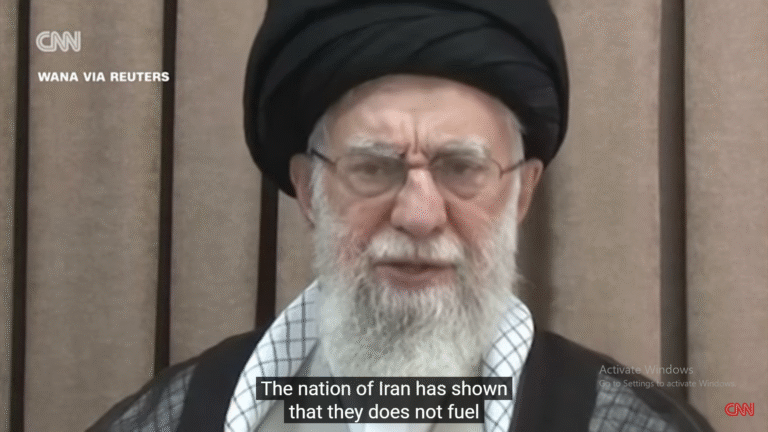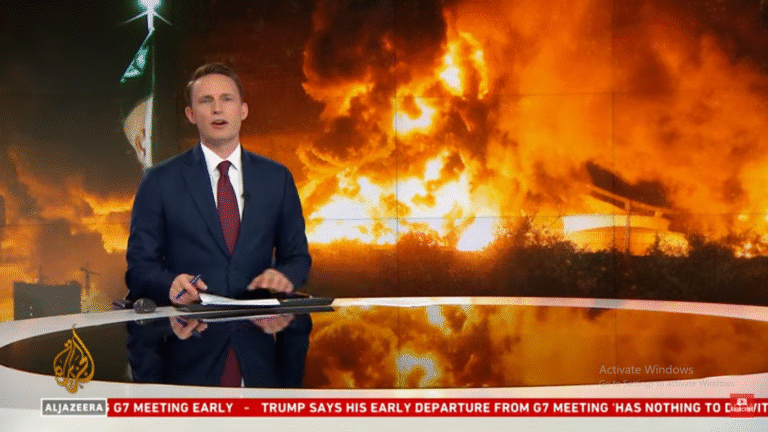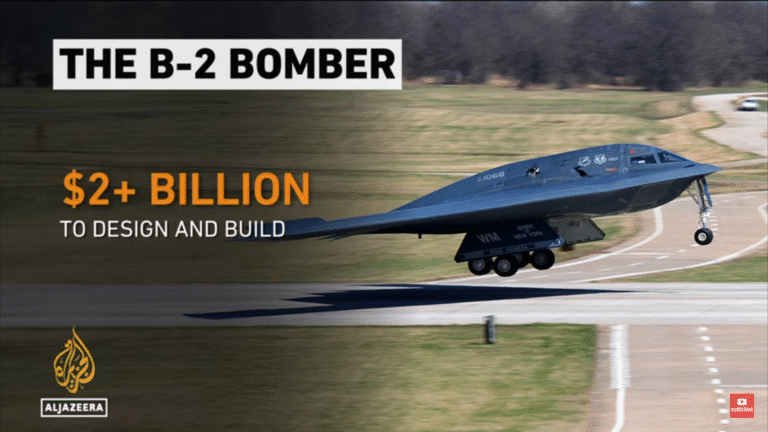
As tensions between the United States and Iran continue to rise, fresh intelligence and defense reports reveal that U.S. stealth bombers are on high alert—ready for rapid deployment in the Middle East. But behind this show of military might lies a troubling reality: the U.S. has no clear exit strategy if full-scale war erupts with Iran.
🚨 The Situation: Power Without a Plan
According to multiple military analysts, the U.S. Air Force has positioned B-2 Spirit stealth bombers and F-22 Raptors within striking range of Iran, signaling Washington’s preparedness for a swift offensive. However, insiders at the Pentagon warn that there’s a growing gap between tactical readiness and strategic foresight.
Despite having the most advanced arsenal on the planet, experts say the U.S. lacks a concrete exit plan if open conflict escalates into prolonged warfare—something that could destabilize the entire Middle East and draw in other global powers like Russia or China.
💣 Stealth Bombers: A Show of Strength
The B-2 Spirit stealth bomber is a key symbol of U.S. air superiority:
- Virtually invisible to radar
- Capable of carrying both conventional and nuclear weapons
- Can strike deep into enemy territory without detection
Their presence in forward bases across the Gulf signals a serious deterrence message to Iran. Yet, military might alone doesn’t guarantee victory, especially in a region as volatile and complex as the Middle East.
🧠 No Exit Strategy = High Risk
Military analysts and retired generals warn that:
- The U.S. has not outlined a post-strike political or diplomatic strategy
- A ground invasion is unlikely and deeply unpopular at home
- Iran could retaliate through proxy militias in Iraq, Lebanon, Syria, and Yemen
- The lack of an exit plan could lead to another endless war, similar to Iraq and Afghanistan
“Having weapons ready is not the same as having wisdom ready,” said one former National Security Council advisor.
🌍 Global Reactions and Regional Fear
The news has rattled leaders across the region:
- Israel is reportedly on high alert
- Saudi Arabia has begun reinforcing air defense systems
- Turkey and Qatar are calling for de-escalation
- Iran, meanwhile, has threatened retaliation against any U.S. strike with “unlimited force”
Even the European Union is pushing for emergency diplomatic talks to avoid what they’re calling a “point of no return.”
🔎 What Does This Mean for the World?
The current moment could define the next decade of global security. A war with Iran would not be short, clean, or easily contained. Without an exit plan, the U.S. risks triggering:
- Long-term regional warfare
- Global oil price shocks
- Refugee crises and humanitarian disasters
- Deep political division at home
🧭 Final Thoughts
While the stealth bombers are fueled and flight-ready, the bigger question remains unanswered: Where does this lead? In geopolitics, strength without strategy is a gamble—one the world can’t afford right now





